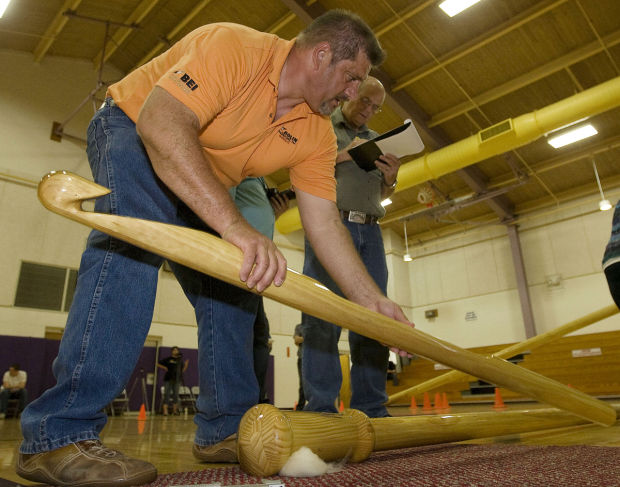

Rules that encourage transparency of business practice help to alleviate corruption and its damaging ripple effects.Technology development and its diffusion into the manufacturing sector leads to the creation of higher paying jobs, and workers with more developed skills. Help small firms through technology research and workforce development.These forms of technology have the capacity to revolutionize manufacturing from the initial design of goods to the successful delivery of products. Unlock 21st century tools such as Big Data, automation, and artificial intelligence.Additionally, providing grants and loans to domestic manufacturers can aid in the growth of businesses and their technology innovation.

This includes R&D tax credits and equipment expensing tax credits that help companies overcome the fixed costs of production and distribution. Provide the proper financial incentives to promote innovation, education, and workforce development.Developing policies that provide access to global markets and facilitate technology diffusion will help the manufacturing sector. Pursue a governance strategy that emphasizes political and economic predictability, and open trade policies.The same is true for Russia, as it was ranked second in manufacturing output in 1980 but now has dropped to 15th in the world.īased on our analysis, we make a number of recommendations for improving the manufacturing environment. In contrast, Spain had dropped in manufacturing performance from ninth in 2005 to 14th in 2015. One such example is India, which improved its output ranking from 14th in 1990 to sixth in 2015. Most nations show fairly stable patterns over the past 40 years, but a few have increased their performance. There have been important changes over the past few decades in country rankings based on manufacturing output. Poland meanwhile has the highest percentage of its workforce employed in manufacturing. Poland meanwhile has the highest percentage of its workforce employed in manufacturing, followed by Germany, Italy, Turkey, and South Korea.Ĭhina is the top nation in terms of manufacturing output and the percentage of its national output that is generated by that sector. China is the top nation in terms of manufacturing output and the percentage of its national output that is generated by that sector. In addition, we compiled data on manufacturing output, manufacturing employment, and changes overtime. Generally, these places do not have advantageous tax policies and are not making adequate investments in education or infrastructure. We found these nations performed well due to their policies, cost considerations, workforce investments, and infrastructure.Īt the low end were nations such as Brazil (51 points), Indonesia (53 points), Mexico (56 points), Russia (56 points), and India (57 points). The top ranked nations in overall manufacturing environment were the United Kingdom and Switzerland (both with 78 points out of 100), followed by the United States (77 points), Japan (74 points), and Canada (74 points). The countries analyzed included Brazil, Canada, China, France, Germany, India, Indonesia, Italy, Japan, Mexico, Netherlands, Poland, Russia, South Korea, Spain, Switzerland, Turkey, United Kingdom, and the United States. In this report, we develop a global manufacturing scorecard that looks at five dimensions of the manufacturing environment: 1) overall policies and regulations 2) tax policy 3) energy, transportation, and health costs 4) workforce quality and 5) infrastructure and innovation.įor the analysis, we compiled data on 20 indicators and scored 19 leading nations on a 100-point scale. Yet in order to move forward, it is important to see how American manufacturing compares to that of other nations.


 0 kommentar(er)
0 kommentar(er)
